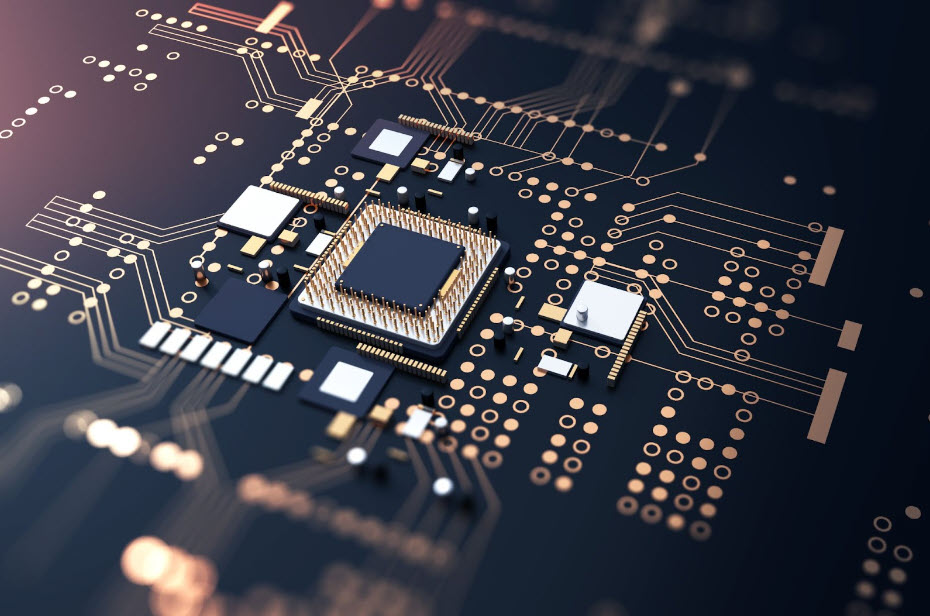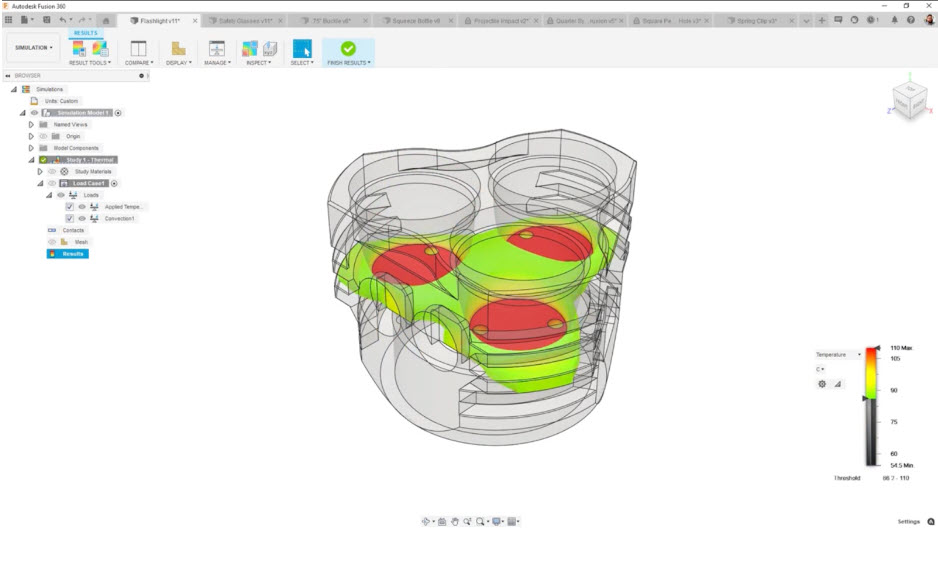& Construction

Integrated BIM tools, including Revit, AutoCAD, and Civil 3D
& Manufacturing

Professional CAD/CAM tools built on Inventor and AutoCAD
2 min read
Physical prototypes are increasingly becoming a relic of the past now that electronics simulation software is becoming more commercially available. Learn about the different types of simulation processes in this informative beginner’s guide.
Have you ever started building a circuit board from the ground up, only to find that the circuit board doesn’t perform as predicted in the end? These things happen, but with the advanced technology available today, they shouldn’t have to. Problems like these are becoming relics of the past thanks in large part to electronics simulation software.
Technology continues to innovate new processes and streamline old ones. Electronics simulation is a powerful tool that helps engineers model and test electronics before production. Electronics simulation software is incredibly accurate and often used in colleges and universities to teach electronics engineers.

Modern software platforms are continuously making the design process easier. When it comes to printed circuit boards (PCBs), there is little room for error. This is due to the expensive nature of the materials involved. Photomasks are expensive, and breadboards don’t really grow on trees. Engineers can’t waste time, money, and resources manufacturing physical trial and error prototypes.
Instead, electronics simulations integrate tools like a schematic editor and on-screen waveform displays to help engineers design PCBs virtually. Virtual designs can be altered and tested without wasting resources. Engineers can simulate the circuit to test the output and adjust as necessary based on the results. Some simulation software packages even house device libraries that include transistor models (BSIM), resistors, capacitors, transformers, etc. This all decreases design times and increases productivity.
There are three basic types of circuit simulation: digital, analog, and mixed-mode.
Digital circuit simulation uses simple models of electronic circuits to test circuit designs. However, instead of populating continuously varied signals like analog circuit simulation, it only uses a few small voltage levels (logic 0 and logic 1). This method lets the industrial designer simulate larger circuits in less time with fewer resources.
Analog circuit simulation uses accurate models of electronic circuits to test design functionality. It can employ different modes: AC, DC, and transient. All analog simulators use mathematical algorithms to test the performance of the electronic circuit.
There are two types of analog circuit simulators: SPICE and FastSPICE. SPICE simulators are used to measure the functionality of the circuit by comparing it to extremely accurate, non-linear, and linear models. FastSPICE simulators, on the other hand, use less complex model representations to test the functionality of a circuit design.
Mixed-mode circuit simulation naturally combines both analog and digital simulation elements. The analog simulator is used for analog analysis while the digital simulator is used for digital analysis.

It’s incredibly expensive and wasteful to fabricate electronic circuits over and over to test and redesign; which is why electronics simulation is a necessity. The biggest takeaway from using electronics simulation software is that it saves time, money, and resources. On top of that, simulation software also provides a variety of simulations to test electronic designs — and much more!
If you’re curious about what electronics simulation tool is right for you, check out Autodesk Fusion 360.

By clicking subscribe, I agree to receive the Fusion newsletter and acknowledge the Autodesk Privacy Statement.
Success!
May we collect and use your data?
Learn more about the Third Party Services we use and our Privacy Statement.May we collect and use your data to tailor your experience?
Explore the benefits of a customized experience by managing your privacy settings for this site or visit our Privacy Statement to learn more about your options.